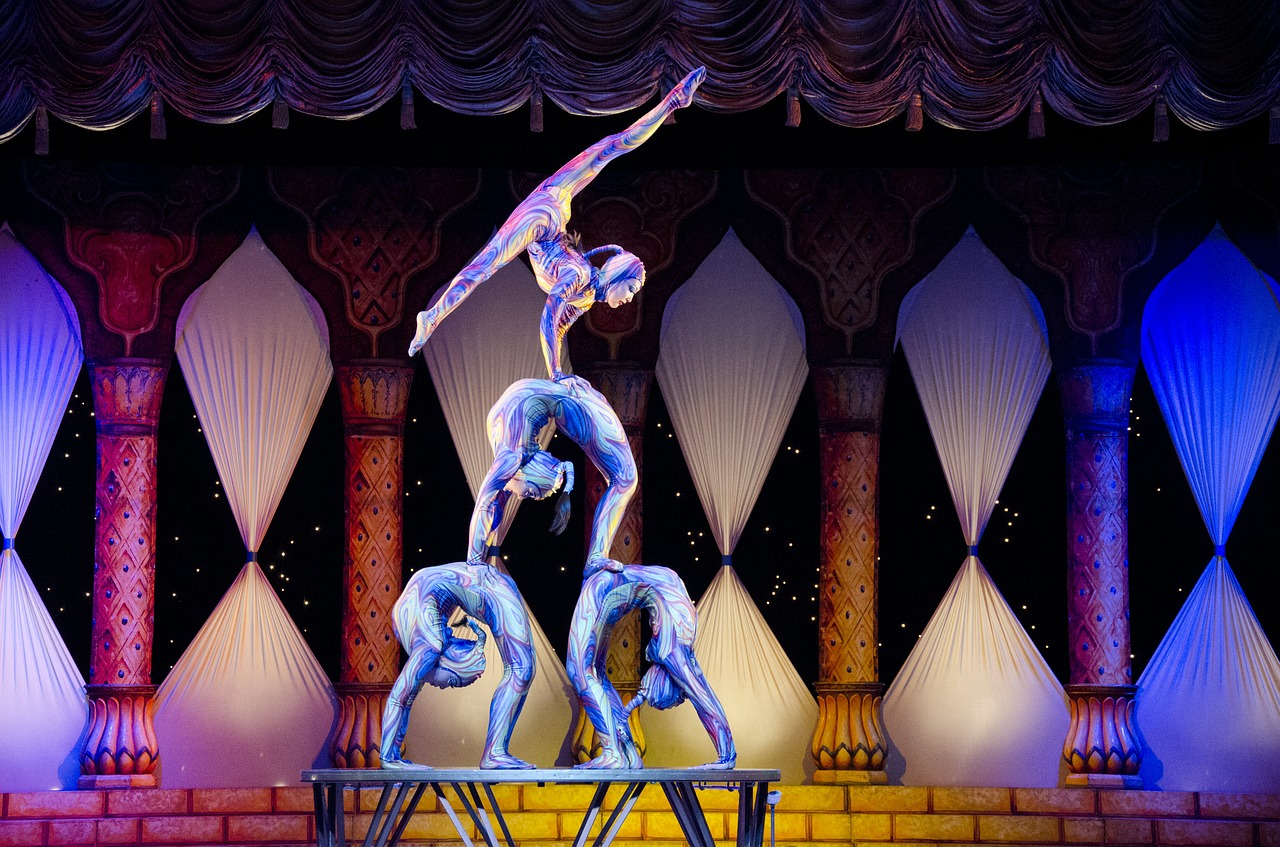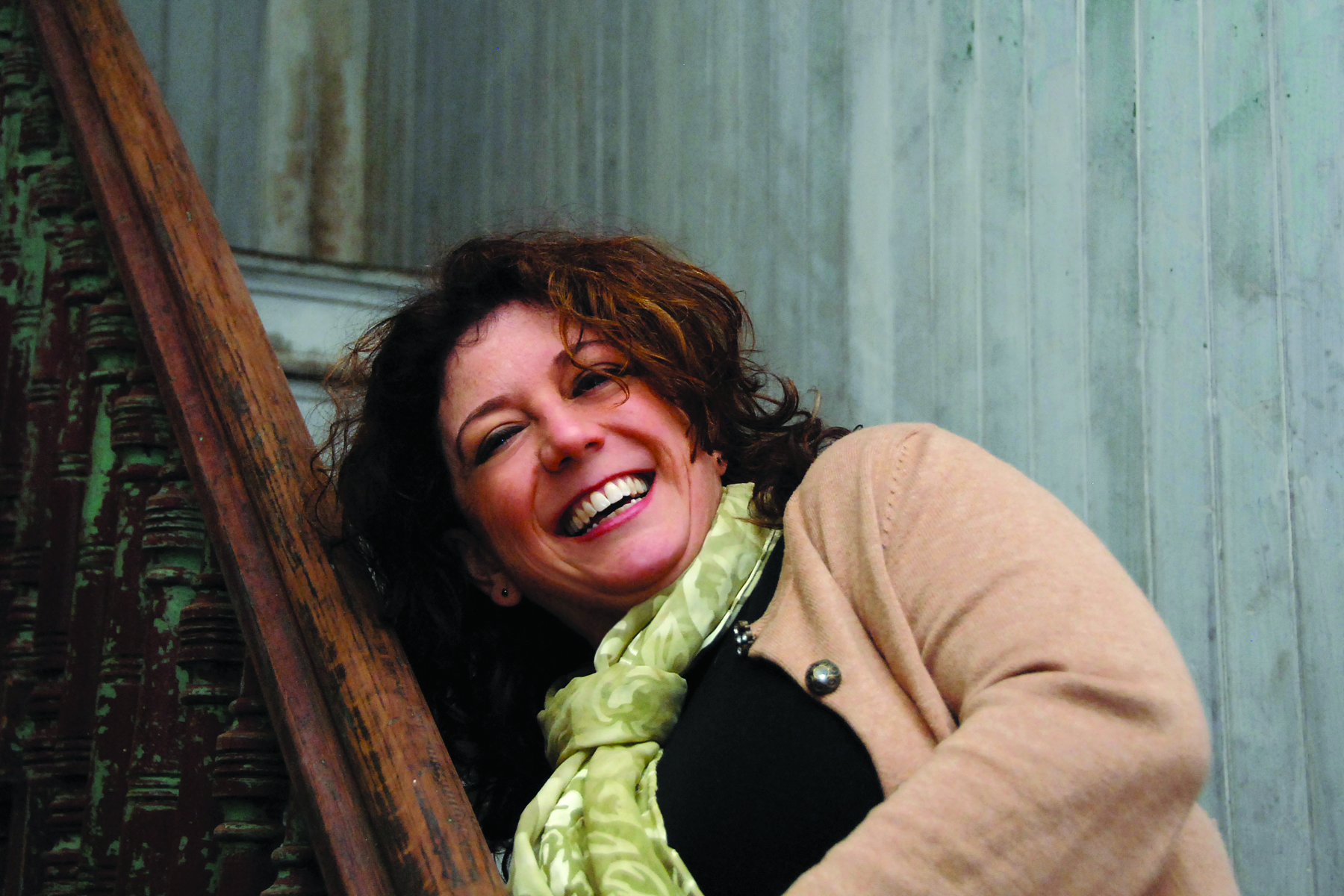Grateful minds imagine big ideas like justice, peace, and health. Our world needs no less than grateful living. Right now.
I started working on my gratitude newsletter in July of 2016. The tone of the 2016 United States Presidential campaign left me no choice but to create something positive in the world. My heart was too heavy to carry all my sadness alone. Working on a political campaign was not enough. I needed to share hope, not fear. I needed to share tolerance, not hate. I needed to share peace, not vitriol. I immediately started contacting people to contribute to the work. I focused on people for whom I was profoundly grateful; people who had impacted my personal and professional journey. I posted the first newsletter on October 1, 2016.
My plan for posting my newsletter monthly immediately proved too ambitious. Finding contributors takes time. Conducting interviews takes time. Transcribing takes time. Editing takes time. Now, my newsletter is posted quarterly. With three newsletters completed, and a fourth on the way, I have found my writer’s rhythm. I have conducted 15 interviews. I have talked with writers, yogis, professors, diplomats, clergy, community activists, labor organizers, military officers, artists, thought leaders, and others about gratitude.
The heart of this project beats to build connection in our world.

My gratitude newsletter has several main goals: To encourage compassion, kindness, and tolerance. To make gratitude tangible through telling the stories of gratitude in action from a variety of perspectives. To resist the current zeitgeist of division, fear, and hate. To create an ongoing conversation about gratitude. The heart of this project beats to build connection in our world.
“Who is the enemy?” asks Richard Greenleaf. This question came up in my interview with David Sawyer, and it frames my current thoughts about gratitude. These times are rife with enemies. Corruption. Poverty. Injustice. War. Environmental Degradation. Disease. There are many enemies to fight. There are many reasons to retreat into helplessness, anger, and sadness. There are many reasons to let paralysis settle into our minds, muscles, and bones. Greenleaf asserts that the true enemy is lack of action on the part of right-minded, justice-seeking, compassion-guided, future-building, love-centered people. In this light, Sawyer suggests he is grateful for the capacity to not be the enemy, to use his heart, mind, and hands to make the world healthier, just, and more loving for all. Sawyer is grateful for the power to heed Greenleaf’s call. I whole-heartedly agree.
Violence injures peace. Fear prevents courage. How can gratitude enter this space?
These are dark times. Crisis dances with opportunity. Hate spars with tolerance. Political gamesmanship silences moral leadership. Greed blindsides ethics. Violence injures peace. Fear prevents courage. How can gratitude enter this space? What does gratitude look like today, when being the enemy is the easy, safe, quiet, privilege-protecting space? How do we live grateful lives in these times?

We are challenged to live our lives creatively, to inspire compassion and love, to lead with hearts of forgiveness, and to be present to beauty, even when our own lights may be dim. Gratitude can look like all that. Gratitude can look like a circus in which other worlds are explored and the human body inspires wonder. Gratitude can look like a conversation between a timber company, environmentalists, and tribal elders determined to protect a sacred forest. Gratitude can look like teachers learning how to use story and play with children. This is gratitude in action. This is gratitude in the face of cynicism, apathy, and indifference. This is people using their gifts and their breath in service to the world.
Grateful hearts truly love. Grateful hands reach out. Grateful eyes see generations. Grateful minds imagine big ideas like justice, peace, and health.
What I know for sure is gratitude is fire-building. Grateful hearts truly love. Grateful hands reach out. Grateful eyes see generations. Grateful minds imagine big ideas like justice, peace, and health. Our world needs no less than grateful living. Right now.

Katie Steedly is a seeker, thinker, and writer. She has trekked the Abel Tasman, bathed in the healing waters of Tirta Empul, and run a marathon in search of the why. As a woman living with Turner syndrome, she believes every day is a miracle. She has published a memoir and an award-winning essay in the Washingtonian. She has explored the intersection of arts and science in writing for both Blue Man Group and NASA. She received a Ph.D. from the University of Texas at Austin. To sign up for Katie’s gratitude newsletter and read her writing on wide-awakeness visit www.katiesteedly.com. This article was first published in July 2017.
